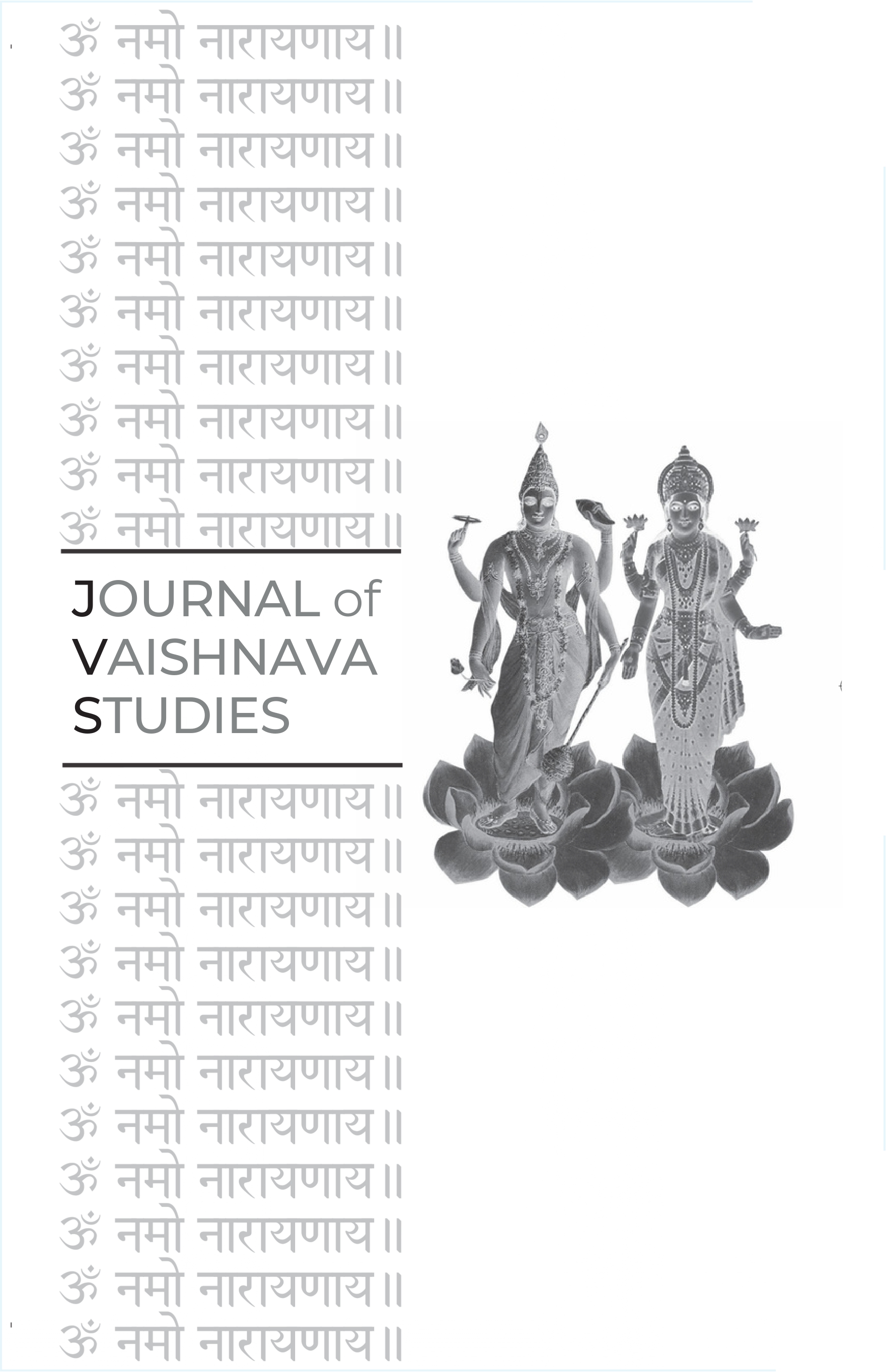Sikh Dharma and Gaudiya Vaishnavism
Keywords:
Sikh Dharma, Gaudiya Vaishnavism, Bhakti, Holy Names, Guru Nanak, Chaitanya Mahaprabhu, Monotheism, Kali Yuga, Nam Japa, Reincarnation, Ahiṃsā, IndiaAbstract
This article draws parallels between Sikh Dharma and Gaudiya Vaishnavism, highlighting their shared origins in India's 15th-century Bhakti Renaissance and their common emphasis on the glorification of God's Holy Names through chanting. While acknowledging their distinct identities—Sikhism as an independent religion and Gaudiya Vaishnavism within Hinduism—the paper explores their convergent theological concepts, including the nature of God (Saguna and Nirguna), the understanding of the soul (jiva atma) and reincarnation (samsara), and the significance of Kali Yuga. It further details their similar practices like Nam Japa, views on the Guru, and shared devotional sentiments (Rasas), ultimately underscoring their historical and philosophical affinities as well as their joint role in spreading spiritual teachings globally.Published
2019-12-13
Issue
Section
Articles





